Disclosure: This article contains affiliate links. We may earn a commission from purchases at no extra cost to you, which helps our travel content.
The moment my headlamp illuminated the crystalline formations in Pálvölgyi Cave, I felt that familiar rush—the same sensation I get during a challenging mountain rescue, except this time I was 30 meters below Budapest's bustling streets. There's something about entering spaces where few humans tread that reconnects me with the ancient wisdom my Mi'kmaq grandmother shared: the most powerful healing often happens in the liminal spaces between worlds. Budapest sits on a labyrinth of thermal caves and forgotten tunnels—a hidden realm beneath one of Europe's most beautiful capitals. As an EMT who's witnessed both trauma and healing in extreme environments, I'm drawn to these underground passages not just for the adrenaline rush, but for the profound sense of perspective they provide. This underground world—where thermal waters have carved limestone caves over millennia and where Cold War secrets still echo through abandoned bunkers—offers a different kind of Hungarian experience that most travelers never see.
Beneath the Surface: Budapest's Thermal Cave System
Budapest sits atop a geological wonder—a vast network of caves formed by the same thermal waters that feed the city's famous baths. The limestone beneath the Buda Hills has been sculpted over millennia into one of Europe's most extensive urban cave systems, with over 100 documented caves and likely many more awaiting discovery.
My first descent into Pálvölgyi Cave began with skepticism. After years of navigating the rugged Canadian Rockies on rescue missions, how challenging could a tourist-accessible cave be? The answer came quickly as our guide László led us through the narrow 'birth canal' passage—a tight squeeze that had me controlling my breathing just as I teach panic-prone patients. Beyond this initial test lay chambers of breathtaking beauty, where mineral-rich waters had created delicate crystal formations resembling frozen waterfalls.
'These caves maintain a constant 11°C year-round,' László explained as we paused in a cathedral-like chamber. 'The Romans knew of their healing properties, but modern science confirms the air here is exceptionally clean and beneficial for respiratory conditions.' As someone who's treated countless respiratory emergencies, I couldn't help but appreciate nature's own healing environment.
The more challenging Szemlő-hegyi Cave offers adventure seekers a glimpse into Budapest's 'crystal palace'—where the walls glisten with mineral deposits forming eccentric patterns that reminded me of the sacred geometry patterns my grandmother would weave into her baskets. The mineral-rich thermal waters that created these caves continue to flow beneath the city, occasionally breaking through to create new passages in this living, breathing underground ecosystem.
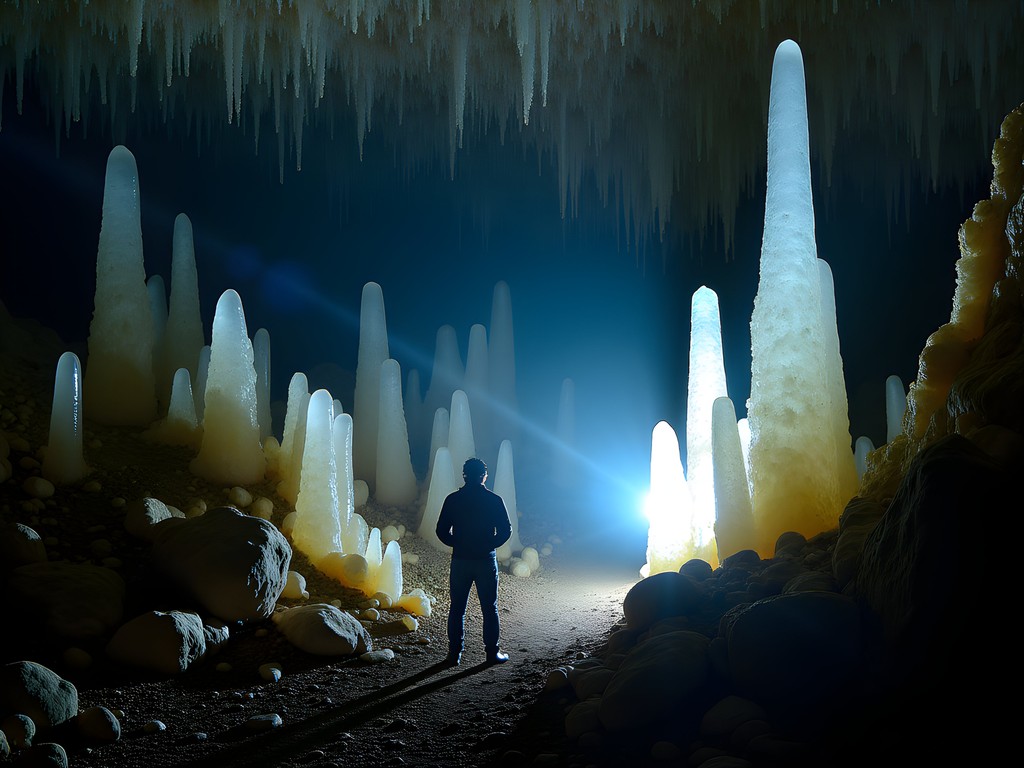
💡 Pro Tips
- Book cave tours at least 2 days in advance—the best ones fill quickly
- Wear layers—the caves maintain a constant 11°C (52°F) regardless of outside temperature
- Bring a small backpack with water and energy bars—some tours last 3+ hours
Preparing for the Depths: Equipment and Safety
As an EMT, I've learned that preparation is everything—whether responding to a multi-vehicle collision or descending into Budapest's cave network. The adventure level varies dramatically between sites, from walking tours suitable for beginners to technical cave diving requiring certification and experience.
For the casual explorer interested in Pálvölgyi or Szemlő-hegyi, most tour operators provide basic equipment, but I always bring my own headlamp. Having reliable, hands-free illumination with backup batteries has saved lives in my professional work and enhances safety in any underground environment. The multiple brightness settings and waterproof design make it perfect for navigating both damp cave passages and urban tunnels.
For serious cave diving in the thermal bath-connected cave systems like Molnár János, you'll need proper certification and equipment. I connected with Duna Diving, a reputable outfit that offers specialized cave diving courses and guided experiences for certified divers. The crystal-clear, 20-28°C thermal waters create diving conditions unlike anywhere else I've experienced—imagine floating through warm, mineral-rich waters in passages formed over tens of thousands of years.
Safety underground follows principles similar to wilderness medicine: maintain situational awareness, communicate clearly with your team, and always have redundant systems. Budapest's caves are generally stable and well-monitored, but the environment demands respect. As my rescue training has taught me, prevention is always better than treatment.
'The most common injuries we see are minor scrapes and twisted ankles,' explained Katalin, my cave diving instructor. 'But the real danger is disorientation or panic.' Her words echoed my own experience treating anxiety attacks in confined spaces—the mind can become your greatest liability underground if you're not prepared.
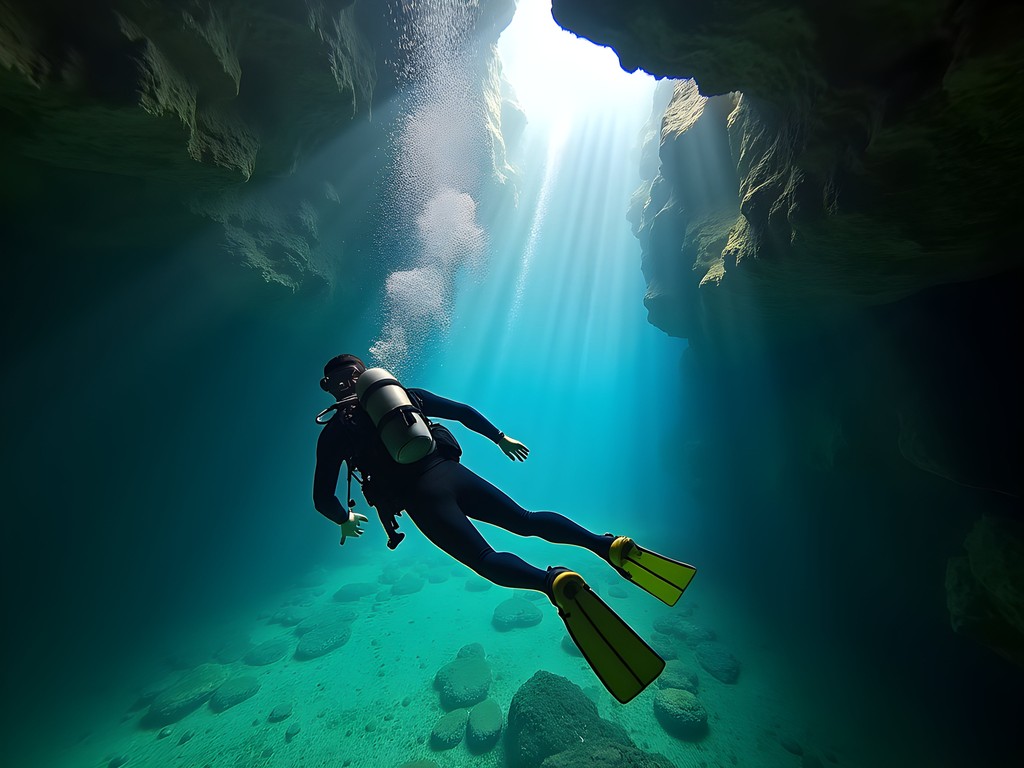
💡 Pro Tips
- Always carry a backup light source—even on guided tours
- Wear proper footwear with ankle support and good grip
- Consider taking a basic first aid course before serious cave exploration
Urban Exploration: Soviet Bunkers and Forgotten Tunnels
Budapest's underground story isn't limited to natural formations. Decades of political upheaval—particularly during the Cold War—left the city with a network of abandoned bunkers, secret passages, and forgotten infrastructure that urban explorers (urbexers) now cautiously document.
After connecting with a local guide named Mátyás through an urbex forum, I found myself descending into a different kind of underworld. 'What we're doing exists in a gray area legally,' he admitted as we slipped through a nondescript doorway in Budapest's District VIII, 'but these places hold important history that's disappearing.'
The abandoned Soviet-era bunker we explored felt frozen in time—communication equipment still bolted to walls, Cyrillic instructions fading on control panels, and the distinct smell of old paper and rust that reminded me of my grandmother's stories about impermanence. These spaces tell the story of Hungary's complex political history in ways no museum ever could.
Navigating these sites requires both physical agility and ethical awareness. Unlike natural caves, abandoned human-made structures present different hazards: structural instability, hazardous materials, and occasionally, security systems. My tactical flashlight proved invaluable here—its powerful beam cutting through decades of dust to reveal stunning Soviet mosaics and machinery long forgotten.
'Each site has its own energy,' Mátyás explained as we documented a massive civil defense shelter capable of housing hundreds. 'Some feel oppressive, others feel like they're waiting for something.' As someone who's worked in countless emergency environments, I've developed a sensitivity to the emotional residue spaces can hold—and these underground chambers certainly retained echoes of Hungary's tumultuous past.
For those interested in exploring this side of Budapest, I recommend starting with the Hospital in the Rock Nuclear Bunker Museum—a legal, guided experience that provides context before attempting any independent exploration.
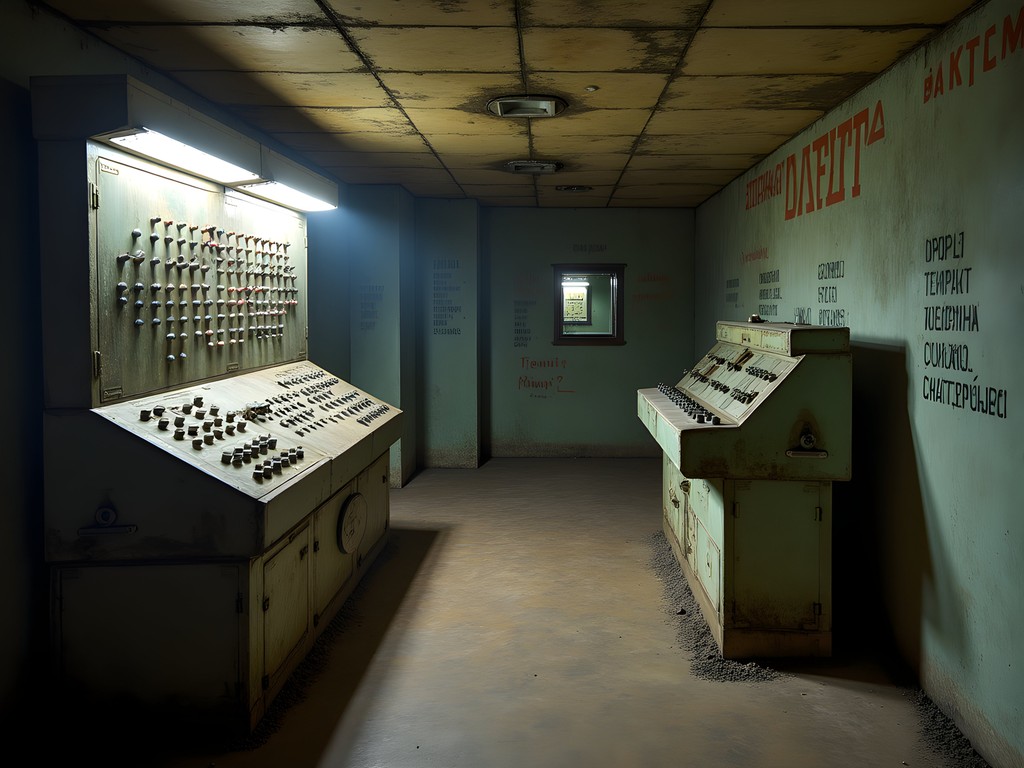
💡 Pro Tips
- Never explore abandoned structures alone or without local knowledge
- Research Hungary's trespassing laws and respect private property
- Bring a dust mask—many abandoned sites contain asbestos or mold
The Healing Waters: Thermal Caves and Traditional Practices
Budapest's nickname as the 'City of Spas' connects directly to its underground wonders. The thermal waters that carved the cave systems also feed the famous bathhouses, creating a continuous cycle between the seen and unseen worlds that reminds me of traditional Mi'kmaq teachings about interconnectedness.
One of my most profound experiences came through connecting with Erzsébet, an elderly Hungarian woman who's spent decades studying the healing properties of the thermal cave systems. 'The minerals in these waters come from deep within the earth,' she explained as we sat in the steam room at Gellért Baths after exploring a nearby cave system. 'They carry ancient memory.'
Her words resonated with my grandmother's teachings about how water holds memory and information—a concept increasingly supported by scientific research on water's molecular structure. The calcium, magnesium, and sulfate compounds in Budapest's thermal waters have documented therapeutic effects on joint inflammation and skin conditions, something I've witnessed firsthand in emergency medicine when treating chronic pain patients.
The Lukács Baths offer a unique experience where visitors can access a natural thermal cave connected to the bathing complex. Sitting in this steam-filled grotto, I felt the boundaries between adventure exploration and wellness tourism dissolve. The quick-dry travel towel I always pack proved essential here—its compact size and rapid drying make it perfect for moving between wet cave environments and traditional bathhouses.
'In Hungarian tradition, healing happens in cycles,' Erzsébet shared. 'First the descent into darkness, then immersion in the waters, and finally emergence renewed.' This three-part healing journey mirrors emergency protocols—assessment, intervention, and recovery—but with a temporal depth that modern medicine sometimes overlooks.
For travelers seeking to experience this connection between Budapest's underground world and its healing traditions, I recommend booking a cave tour followed by a visit to one of the historic bathhouses. The contrast between active exploration and contemplative soaking creates a powerful physical and mental reset.

💡 Pro Tips
- Schedule your bathhouse visit after cave exploration for maximum therapeutic benefit
- Bring your own flip-flops and swimming cap (required at most baths)
- Try the 'contrast therapy' of alternating between hot thermal pools and cold plunge pools
Fueling the Adventure: Underground Eats and Recovery
Any serious explorer knows that proper nutrition is crucial for maintaining energy and focus underground. Budapest offers unique options for both pre-expedition fueling and post-adventure recovery that connect to the city's geological uniqueness.
Before heading underground, I discovered an unexpected gem: Barlang Bistro (literally 'Cave Bistro'), a small eatery near the entrance to Pálvölgyi Cave that serves dishes inspired by Hungarian cave explorers. Their 'Explorer's Breakfast'—a hearty plate of eggs, local sausage, sheep cheese, and rye bread—provides sustained energy without the heavy feeling you want to avoid when squeezing through tight passages.
As an EMT who's seen countless cases of dehydration in adventure settings, I can't stress enough the importance of proper hydration before, during, and after underground exploration. Budapest's tap water is excellent, but for cave expeditions, I fill my insulated water bottle with electrolyte-enhanced water. The vacuum insulation keeps drinks at temperature for hours, whether you're in the constant cool of natural caves or moving between temperature zones in urban exploration sites.
Post-adventure recovery deserves equal attention. After a full day underground, I found myself drawn to Budapest's food truck scene—specifically a cluster near Szimpla Kert ruin bar where Lángos Truck serves the ultimate recovery food: deep-fried dough topped with sour cream, cheese, and garlic. The combination of carbohydrates, fats, and proteins helps replenish glycogen stores and repair muscle tissue stressed during hours of climbing and crawling.
'The body knows what it needs after being in the earth,' an elderly vendor told me as she handed over a steaming lángos. Her folk wisdom aligned with my paramedic training—the body's cravings often signal specific nutritional needs during recovery.
For those looking to connect their underground adventures with Budapest's culinary scene, I recommend the contrast between traditional Hungarian comfort foods and the city's emerging health-focused cafés. This balance mirrors the underground experience itself—moving between ancient geological formations and modern urban infrastructure.

💡 Pro Tips
- Eat complex carbohydrates and proteins before cave explorations
- Pack calorie-dense, non-perishable snacks like nuts and energy bars for longer expeditions
- Rehydrate with electrolytes after emerging from the constant humidity of cave environments
Final Thoughts
As I emerged from my final cave expedition beneath Budapest, blinking in the sudden sunlight along the Danube, I couldn't help but see the city differently—knowing what lies beneath transformed my perception of everything above. Budapest's underground world offers more than just adventure; it provides a profound connection to geological time, political history, and healing traditions that can't be found in guidebooks. Whether you're squeezing through limestone passages formed over millennia or documenting forgotten Soviet relics, these experiences connect us to something larger than ourselves. My Mi'kmaq grandmother always said that true healing happens when we step between worlds—and Budapest's underground realm offers exactly that liminal space. So pack your headlamp, prepare your body and mind, and discover the hidden Budapest beneath your feet. The city's most transformative experiences await those willing to descend before they rise.
✨ Key Takeaways
- Budapest's cave systems offer adventures ranging from beginner-friendly tours to technical cave diving
- Always prioritize safety with proper equipment and local guides when exploring underground
- The thermal waters that created the caves also feed the famous bathhouses, creating a natural wellness circuit
- Understanding Budapest's complex history adds depth to urban exploration of Soviet-era structures
📋 Practical Information
Best Time to Visit
year-round (caves maintain constant temperature regardless of season)
Budget Estimate
$75-150 per day including specialized tours
Recommended Duration
3-4 days minimum
Difficulty Level
Moderate To Challenging (Depending On Sites Chosen)
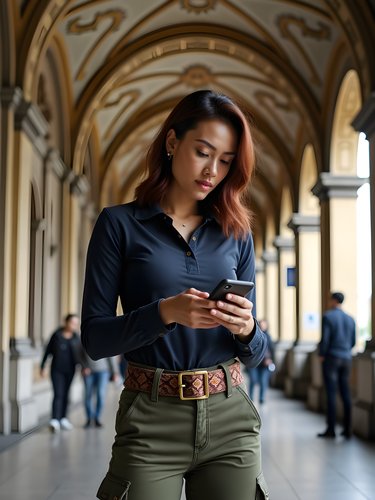

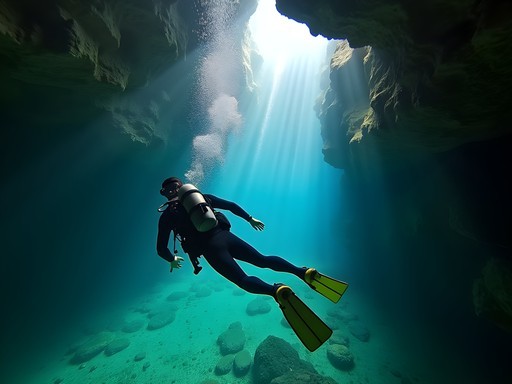
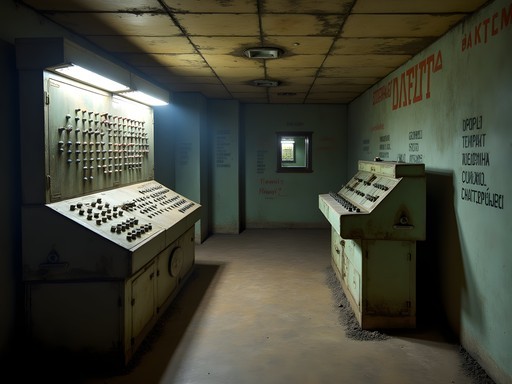
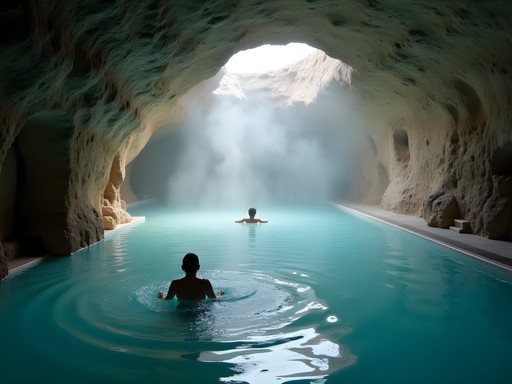







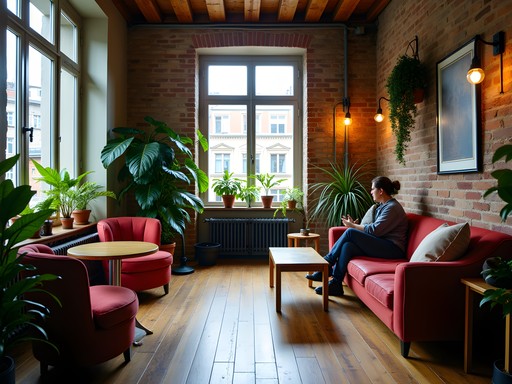
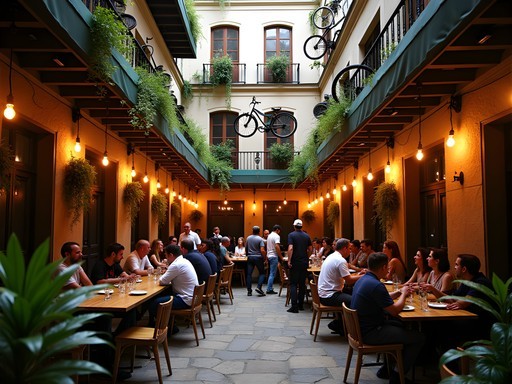
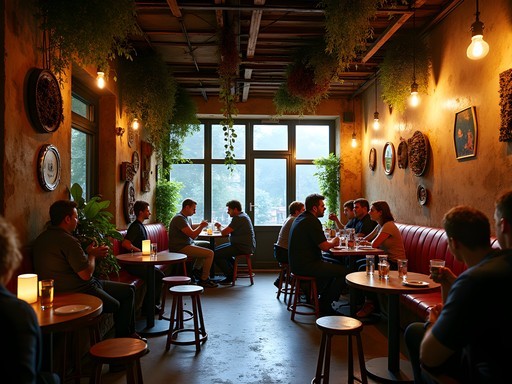

Comments
journeywanderer
I visited Budapest last summer but only did the typical tourist spots - Fisherman's Bastion, thermal baths, ruin bars. Totally missed this underground world! The Soviet bunkers sound especially intriguing. Is it easy to book these tours last minute or should you plan ahead? Definitely saving this post for my next trip.
hikinghero
Same! I only did the touristy stuff too. Kinda kicking myself now!
sunnybackpacker
Those crystal formations look incredible! Your photos really capture the mystery down there.
Jean Wells
Having explored Budapest's underground network extensively during my three-month stay last year, I must commend you on capturing its essence so accurately. The thermal cave system is indeed remarkable from both geological and historical perspectives. I found the contrast between natural formations and human modifications particularly fascinating in the Szemlőhegyi Cave, where you can observe both pristine crystal formations and Cold War-era adaptations. For those interested in the urban exploration aspect, I recommend researching guides carefully, as many bunkers are not officially open to the public. I used my waterproof headlamp throughout these explorations, which proved invaluable in the humid cave environment. The therapeutic aspects of these thermal caves also deserve more attention - the respiratory benefits are well-documented in Hungarian medical literature.
travelmaster
Great post! How difficult is the cave diving? Do you need to be certified or can beginners try it with guides?
Jean Wells
Not the author, but I can share that most thermal caves have options for all levels. The standard tours require no experience, while technical diving in the underwater sections definitely requires certification. The Molnár János Cave has beginner sessions with instructors if you want to try cave diving safely.
Casey Andersson
Sage, this brings back such vivid memories! I did the Pálvölgyi Cave tour last year but didn't have the courage to try the more advanced routes. The crystalline formations are absolutely otherworldly - like being on another planet! The contrast between the thermal caves below and the elegant city above is what makes Budapest so magical. Did you find the temperature difference disorienting when you emerged? I remember feeling like I'd traveled through time when I stepped back into the sunshine. Those Soviet bunkers sound fascinating too - definitely adding that to my itinerary for my return visit next spring!
journeywanderer
Casey, did you need any special training before doing the cave tour? I'm interested but slightly claustrophobic...
Casey Andersson
Not for the regular tourist route! They have well-lit paths and the guide was super attentive. The basic tour avoids any tight spaces. But if you're worried, maybe start with the Hospital in the Rock museum first - it's underground but more open.
hikinghero
Wow, I had no idea Budapest had such an extensive underground cave system! Adding this to my bucket list ASAP.
wanderrider
Just added this to my bucket list! Those crystal formations look unreal!
Casey Andersson
What an incredible perspective on Budapest! I visited last summer but completely missed this underground world. Your description of the thermal caves has me planning a return trip already. The juxtaposition of Budapest's elegant architecture above with these raw, natural formations below is fascinating. I did manage to visit the Gellért Baths, which I now realize is just scratching the surface of the city's thermal heritage. Did you notice how the locals seem to have this deep cultural connection to these waters? An elderly Hungarian gentleman at Gellért told me his family has been visiting the same thermal spots for generations, believing in their specific healing properties for different ailments. Your safety section is spot-on too. Budapest's underground deserves respect and preparation!
skychamp
Those photos are incredible! Is the water actually that blue in the thermal caves or is that edited? Planning my first trip to Budapest and not sure if I'm brave enough for the full cave diving experience but definitely want to see something underground while there!
Sage Dixon
The blue is actually real! It's from the mineral content in the water. If you're not ready for cave diving, start with the regular walking tour of Pálvölgyi Cave - it's well-lit and has proper walkways but still gives you that underground experience. Then you can always relax in the thermal baths afterward!
smartfan
Definitely do the walking tour at minimum! Even that is pretty amazing. And don't miss Széchenyi baths - not underground but still an essential Budapest experience.
Kimberly Murphy
Sage, this is EXACTLY the kind of underground adventure I live for! I did some urban exploring in Budapest last year but completely missed the Soviet bunkers you mentioned. How did you find a guide willing to take you there? Most locals I spoke with were pretty tight-lipped about access points. The thermal caves were magical though - I spent three hours in Lukács after exploring and it was the perfect recovery. For anyone planning this kind of adventure, I'd recommend bringing a headlamp with extra batteries. The rental equipment isn't always reliable and having your own light is a game-changer when you're 30 meters underground!
Sage Dixon
Thanks Kimberly! The bunker tour was actually arranged through a small local outfit called 'Budapest Underground' - they don't advertise it widely. I had to book it in person at their office near Batthyány tér. Definitely worth the extra effort though!
Kimberly Murphy
Perfect! Adding that to my list for my return trip this summer. Those Soviet-era relics are fascinating glimpses into the past.
Venture X
Premium card with 2X miles, $300 travel credit, Priority Pass